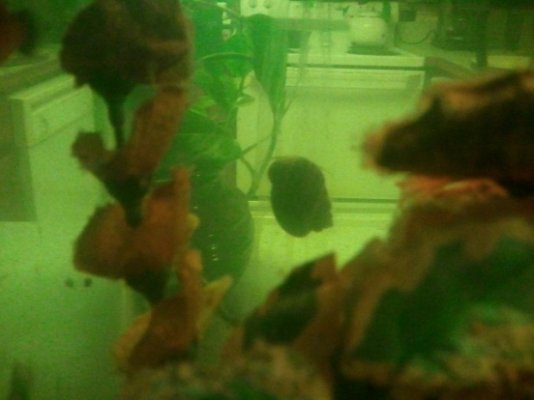"
Asexual reproduction is a mode of reproduction by which offspring arise from a single parent, and inherit the genes of that parent only, it is reproduction which does not involve
meiosis,
ploidy reduction, or
fertilization."
"Malaysian Trumpet Snails, Melanoides tuberculata, are a small but very valuable and useful resident of aquariums. These elongated snails are unlike other snails. They do not eat plants (although they will eat dead leaves or decaying plants), which makes them safe for the planted aquarium. MTS reproduce by a process called parthenogenesis, i.e., they are livebearers that do not require two parents. The individual snail carries both male and female organisms, so that it can reproduce by itself, asexually."
asexual reproduction means that the offspring come from one parent. Even if that parent is a hermaphrodite having both male and female parts, it is still a form of asexual reproduction.




 .
.